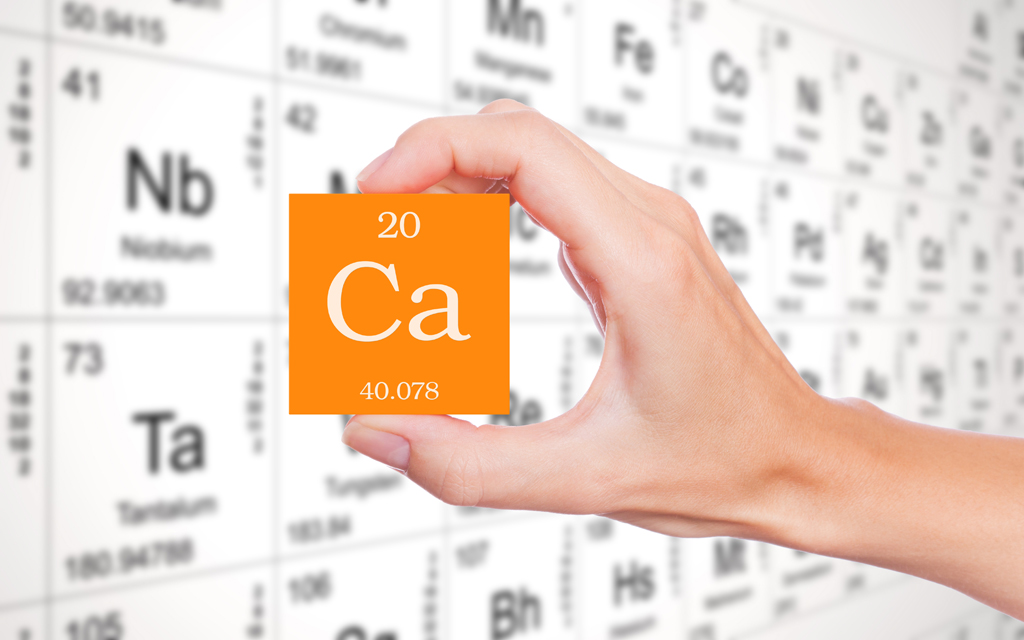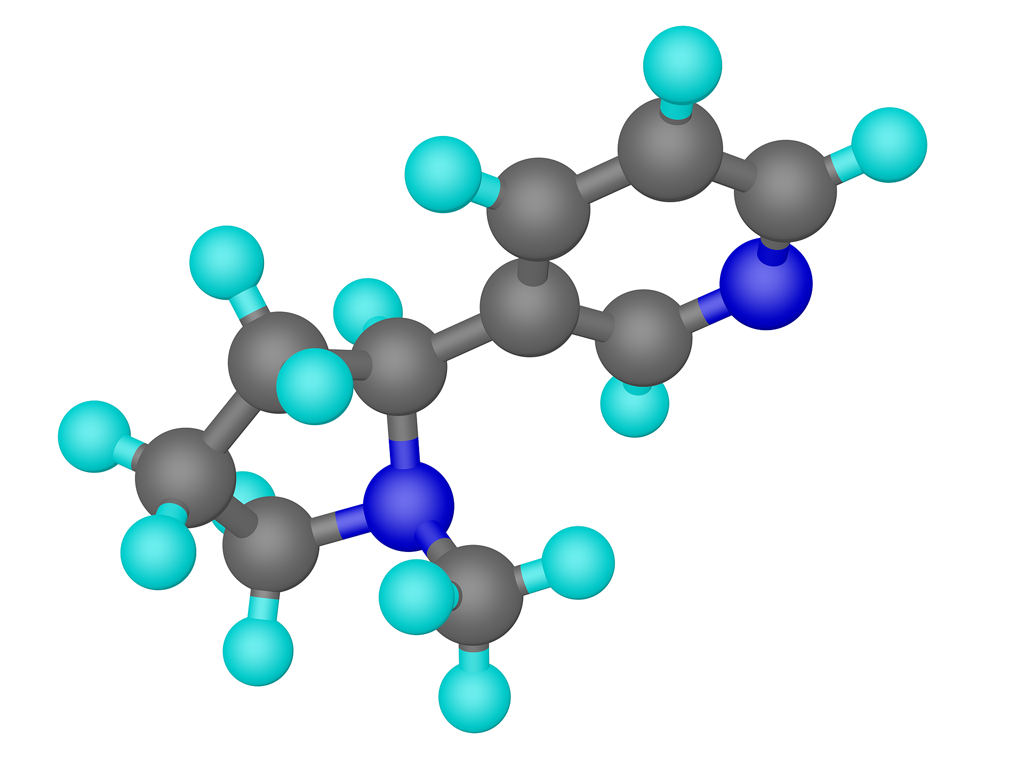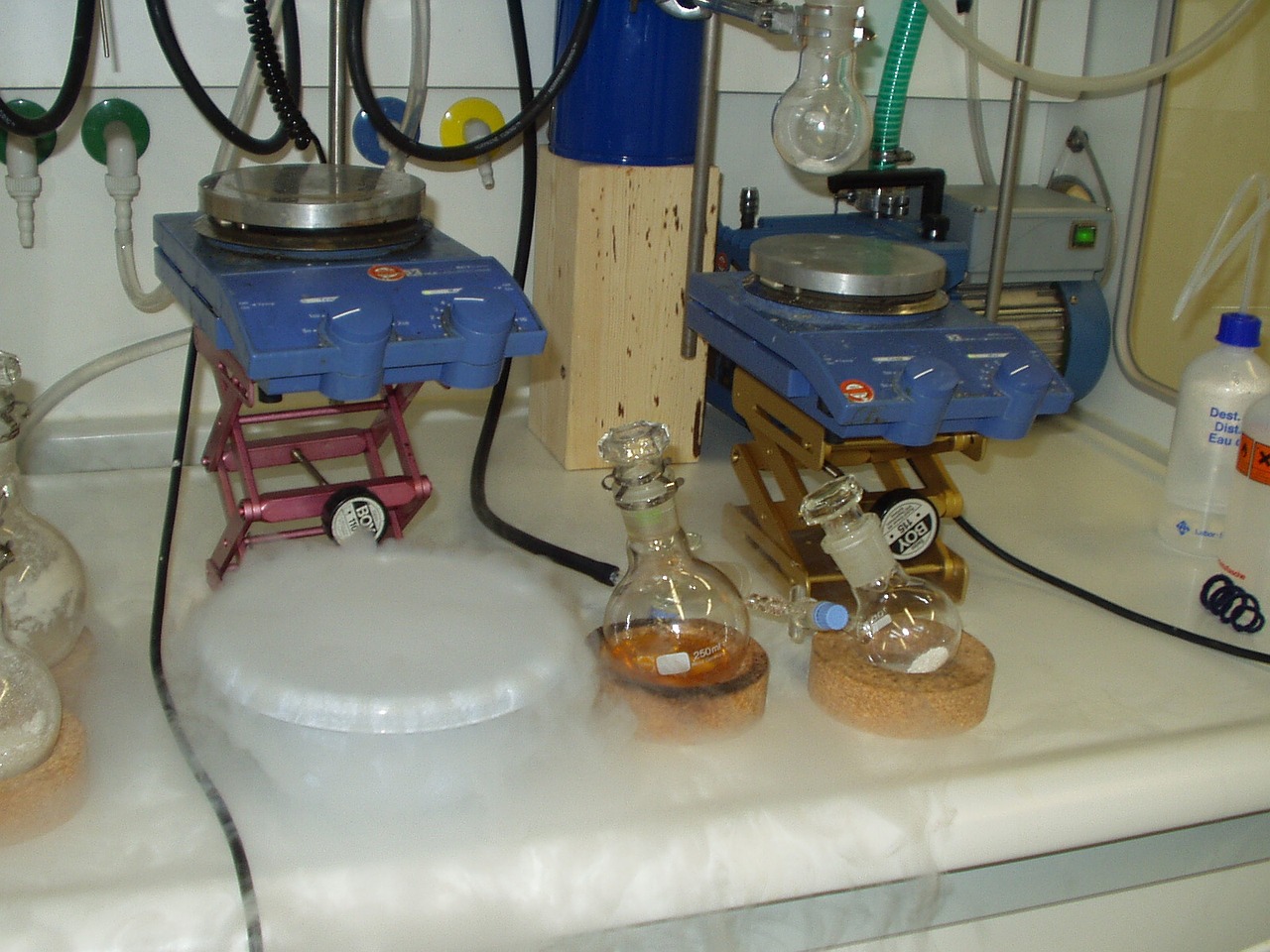How to Balance Chemical Equations

How to Balance Chemical Equations
Posted By City Chemical On Thursday, 30 March 2023
Balancing chemical equations is an important part of learning how to do chemistry. It allows you to write the correct quantities of reactants and products, which are usually expressed in grams or moles.
When writing a chemical formula, always place a "coefficient" in front of the element symbols on both sides of an equation. This number represents how many atoms of that element are present in the molecule or compound. For example, if the molecule is water, it has a "coefficient" of 2.
To balance a chemical equation, you must adjust one of the elements in the formula to get the same number of atoms on each side of the equation. This is done using the law of conservation of mass, which states that no atoms can be created or destroyed in a chemical reaction.
Step 1: Start by writing down the unbalanced chemical equation, which must be balanced according to the law of conservation of mass. Count the number of atoms on each side, and write down the numbers of atoms in both reactants and products.
Typically, you will need to balance one element at a time on each side of the equation. Once you have balanced that element, move on to another. You may need to repeat this process until all elements are balanced.
Tip: Oxygen and hydrogen atoms usually appear in multiple reactants and products, so it is often easier to tackle them first. In this case, you will need to add a coefficient to oxygen and hydrogen atoms to balance them.
Once you have balanced the atoms, change the coefficient of one of the elements and count again to see how much you changed. If you're successful, you've balanced the chemical equation!
Note: If the number of atoms is still different on each side of the equation, you may need to re-balance the coefficient. This will reset the atom balance and the rest of the chemical equation will be balanced.
Inspect The Equation
This is an easy way to balance any chemical equation, and it is the most common method used by high school students. This is because it involves trial and error, which is the most efficient way to work out a chemical equation.
You can use the "inspection" technique to balance any chemical equation, even very complex ones! This is the simplest and most efficient method, but it can take a long time to balance more complicated equations.
It is also worth noting that a "subscript" or number in front of the molecule's symbol indicates how many atoms are present. When there is no subscript, it means that there are only one atom in that molecule.
In balancing chemical equations, you cannot change the subscripts of the elements; this would cause the chemical formula to change. This is because the elements in a chemical equation have fixed identities, meaning that changing the subscripts would change the chemical identity of those elements, which will cause them to not be the same.
City Chemical LLC sells various chemicals in bulk quantities. Visit https://www.citychemical.com/featured-chemicals.html to learn more and place order.








